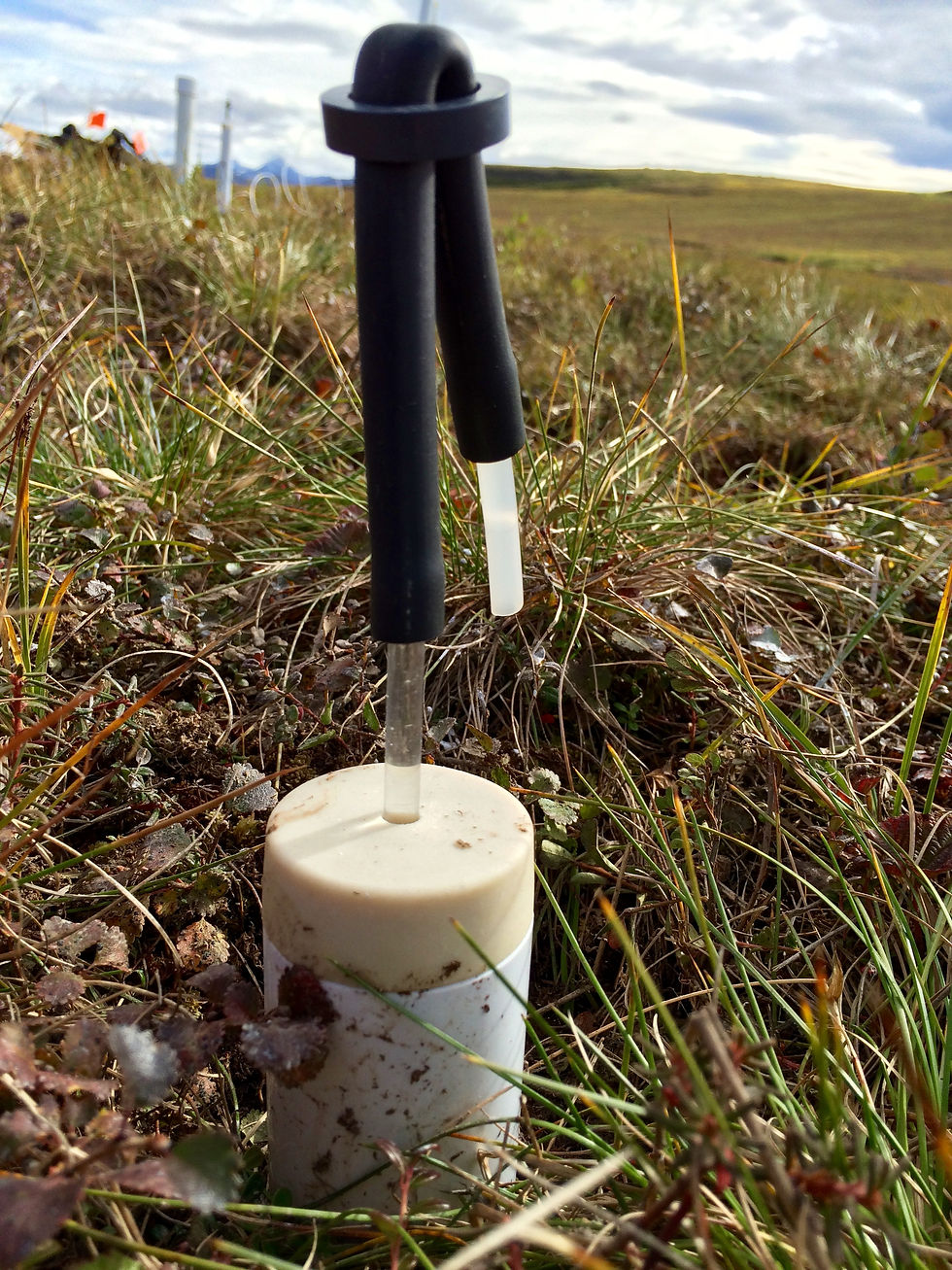


Describe your image

Improving rangeland ecosystems and rancher profitability through river restoration
Rangelands account for ~770 million acres in the United States and provide a host of ecosystem services. As drought and land use intensification increase across the Western U.S., rangeland systems face increasing pressures. Beaver dam analogs (BDAs) are rising in popularity as a method to restore ecosystem services because they offer a low cost, low technology, and process-based restoration technique that mimics natural beaver meadows, but few empirical studies have quantified the impact of BDAs on ecosystem services. We are monitoring background conditions at Rinker Rock Creek Experimental Station in 2021 and installing 100+ BDAs during baseflow conditions. We will test whether BDAs restore watershed health (by elevating late-season discharge, capturing sediments, promoting watershed carbon storage, and increasing high-quality forage) and are viable restoration solutions within existing legal and socioeconomic frameworks.
Metabolite production in subalpine rivers
Biogeochemical processing of dissolved organic matter (DOM) in headwater rivers regulates aquatic food web dynamics, water quality, and carbon storage. Although headwater rivers are a critical source of energy to downstream ecosystems, underlying mechanisms structuring DOM composition and reactivity are not well quantified. Using mass spectrometry and fluorescence spectroscopy, we found that hydrology and river geomorphology interactively shape molecular patterns in DOM composition. Linking landscape-scale processes with microbial metabolism, we found that the chemical complexity of DOM increases as a function of river channel complexity, with implications for ecosystem function and watershed management.
